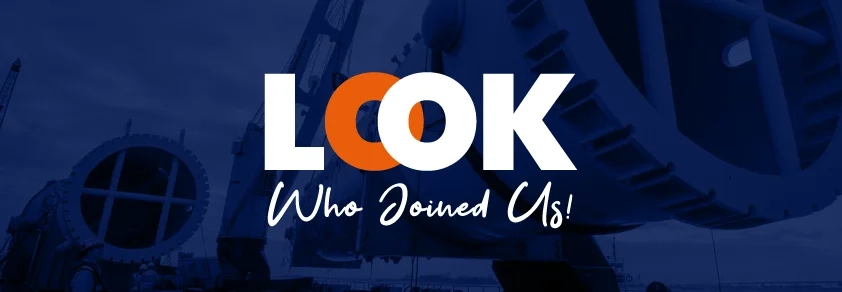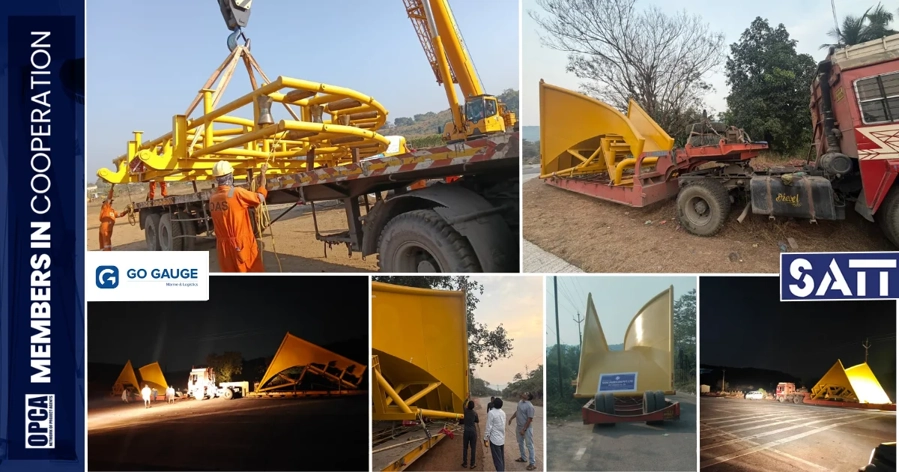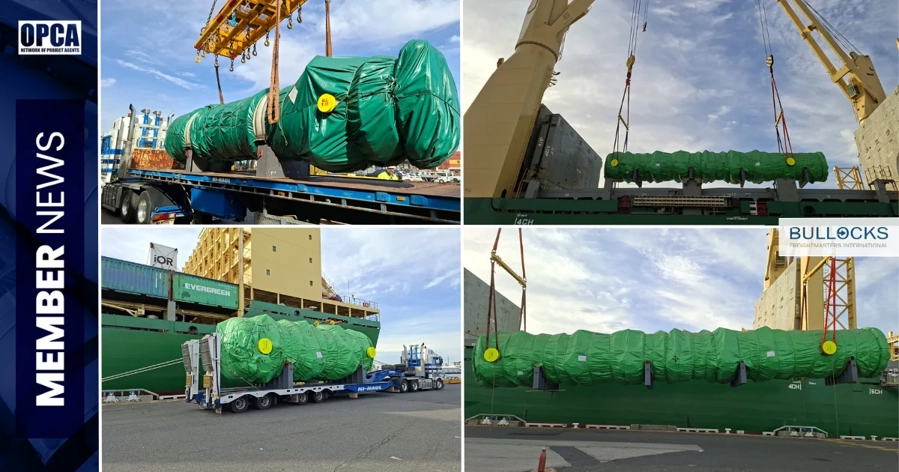Why Sea Freight is the Preferred Choice in Heavy Lift?
Table of Contents
Each year on International Maritime Day, we celebrate the vital role of shipping and seafarers in keeping global trade moving. In the complex and demanding world of international freight, one question consistently arises for shippers handling oversized or project cargo: which mode of transport offers the best balance of safety, cost, and efficiency? While air transport and land solutions have their place, sea freight logistics stands as the most reliable option for heavy lift. The global ocean freight service industry depends on sea transport to move its largest items including turbines and industrial boilers and offshore equipment and construction machinery. Heavy lift operations achieve their most secure and practical ocean transportation through the combined capabilities of ocean freight companies and sea freight forwarders.
Cost-Effectiveness and Flexible Solutions
The cost-effectiveness of sea freight stands as the primary reason why it remains the preferred method for transporting heavy loads. The process of transporting heavy or oversized items through the air becomes both complicated and extremely expensive. Ocean freight provides affordable rates which make sea routes suitable for transporting large and heavy shipments.
The pricing system of sea cargo enables shipping companies to provide their clients with dependable cost structures for oversized cargo transportation. The affordable nature of sea cargo enables project managers to maintain better budget control particularly when handling oil and gas operations and renewable energy projects and major construction work.
The shipping industry benefits from the flexible nature of sea freight operations. Ocean freight containers with specialized designs and flat rack systems enable the secure transportation of non-standard cargo shapes and sizes. Heavy lift ships possess cranes and specialized equipment which enables them to handle complex cargo types during loading and unloading operations. The shipping industry achieves unmatched flexibility through sea freight operations when compared to all other transportation methods.
Global Reach and Reliable Schedules
The extensive global network of sea freight operations enables it to control heavy lift logistics operations. The worldwide shipping routes of international ocean freight companies link all production areas to their end destinations through continuous transportation services. The established networks allow businesses to transport vital goods across all regions despite physical barriers.
The shipping schedules operated by sea freight agencies deliver dependable service that meets the requirements of their customers. Sea shipping lines operate with both extensive infrastructure and large fleets which enable them to provide consistent services for oversized cargo transport.
The implementation of ocean freight tracking systems and global ocean freight service tracking tools provides clients with complete monitoring capabilities for their shipments. The requirement for transparent operations in modern logistics becomes achievable through tracking systems which monitor cargo movements from start to finish thus building trust and minimizing potential risks. Businesses that need to transport heavy loads of high value must use this tracking technology as their essential tool.
Safety and Specialized Handling
Heavy lift logistics operations must always maintain absolute safety standards. The transportation of industrial reactors and subsea modules and construction cranes demands both physical power and specialized technical knowledge. Ocean freight companies together with sea freight shipping companies use trained personnel and specialized equipment to handle unusual cargo loads.
The top ocean freight forwarders work with sea freight shipping companies that operate ships equipped with heavy-lift cranes and dynamic positioning systems and secure lashing equipment. The equipment maintains cargo stability through all types of harsh maritime environments.
The process of ocean freight hsn code compliance and international standard adherence enables smooth completion of documentation and customs procedures. The process becomes faster while maintaining cargo quality throughout transportation. Companies that choose to work with experienced freight forwarding agencies reduce their project risks while maintaining their project timelines.
Integration of Air and Sea Freight
Sea freight stands as the dominant method for heavy lift operations yet specific projects sometimes need multiple transportation solutions. The combination of sea freight with air freight through multimodal strategies enables industries to achieve both cost efficiency and fast delivery times. The delivery of essential components through air transport can be combined with sea-based transportation for oversized equipment.
The combination of air and sea freight proves most beneficial for urgent projects which need specific items to reach their destination before the scheduled time. Modern freight forwarding services demonstrate their adaptability through strategies which provide both flexibility and operational efficiency.
The Role of Technology in Sea Freight
The maritime industry has adopted digitalization and ocean freight logistics now uses real-time tracking systems that connect directly to logistics management platforms. Real-time sea freight tracking systems now provide shippers with direct integration into their logistics management systems. The technology provides complete supply chain transparency which enables better teamwork between sea freight agencies and their partners at ports and inland transport operators.
Worldover sea shipping services expansion now enables medium-sized businesses to obtain dependable freight solutions which previously required large-scale sea freight companies. Businesses that work with experienced freight forwarders receive both transportation services and expert advice to optimize routes and decrease costs while maintaining regulatory compliance.
Environmental Advantages of Sea Freight
The modern world demands sustainability as a key decision-making factor. The transportation of heavy loads by sea freight produces less environmental impact than air freight operations do. Sea freight logistics stands out as the environmentally friendly option for heavy lift operations because of its lower emissions per ton of transported cargo. Companies that want to decrease their environmental footprint while keeping operational efficiency choose international freight forwarding services which focus on sustainable solutions.
The sustainable benefits of this approach enable companies to fulfill environmental standards while gaining support from stakeholders who prioritize corporate social responsibility. The long-term environmental advantages of sea freight make it the leading method for worldwide heavy lift projects.
OPCA: Connecting the Experts in Heavy Lift
Specialized forwarders utilize their expertise to execute heavy lift projects through the infrastructure of sea freight. The Overseas Project Cargo Association (OPCA) brings together worldwide experts in sea freight forwarders and ocean freight shipping companies and freight forwarding agencies. Members of our network gain access to trusted partners and innovative solutions and borderless collaboration through our global network.
OPCA functions as a network of excellence which serves as a central point for freight and transportation expertise. Businesses that partner with OPCA members obtain dependable international ocean freight shipping companies and state-of-the-art freight forwarding solutions together with a worldwide network focused on project logistics success. The strategic partnership between OPCA and organizations handling heavy lift operations provides them with the ability to handle sea freight shipping complexities effectively.
_logo.webp)



